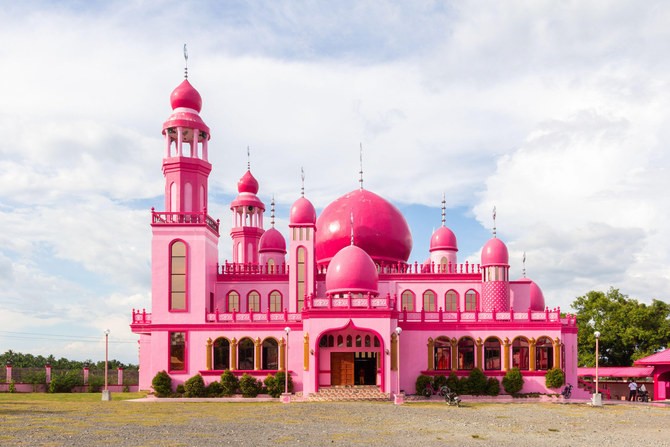02/11/2023
02/11/2023

DUBAI, Nov 2, (Agencies)L When considering Islamic architecture, one often envisions structures found predominantly in the Arab world, with only a handful of renowned exceptions. However, a new book seeks to illuminate lesser-known architectural wonders both within and beyond this region, spanning from Chile to China. "Islamic Architecture: A World History" is the brainchild of Dutch author Eric Broug, an expert in Islamic design for over two decades. Broug's aim was to break away from the typical focus on "the usual suspects."
"In my book, I wanted to go beyond the expected," Broug states from his UK base. "While I appreciate iconic structures like the Alhambra Palace in Granada or the Topkapi Palace in Istanbul, I found it limiting from an academic perspective. I envisioned a global perspective that extends beyond the 16th century into the 21st century."
In this endeavor, Broug has admirably broadened his horizons. Published by Thames & Hudson, the book boasts an impressive array of images showcasing approximately 350 diverse architectural marvels, including museums, mosques, mausoleums, tombs, bathhouses, and other edifices, spanning over 60 countries. These structures vary in size and style but all bear the influence of Islamic design, which Broug eloquently describes as offering "uninterrupted excellence for a millennium."
"Islamic architecture, with its creative exuberance and boundless imagination, is what captivates me," Broug remarks.
Acknowledging the complexity of the term 'Islamic architecture,' which is said to have "originated" in Syria around 661 CE, Broug defines it as "architecture constructed in Islamic societies." He concedes that there are some exceptions, questioning, "What about all the mosques built in Holland, Belgium, or the UK?"
Broug's selection process is guided by aesthetics rather than purely historical significance. For example, the Pink Mosque in the Philippines is a vibrant pink masterpiece (chosen to honor the patron family's favorite color), while the Haji Habib Mosque in Ethiopia adopts a more understated design, constructed from long wooden logs by nomads.
Each structure tells a unique tale of the people who constructed it, reflecting their living conditions and the natural resources available to them. Broug introduces his book with an insightful quote, inscribed on a building in Samarkand: "If you want to know about us, examine our buildings."


